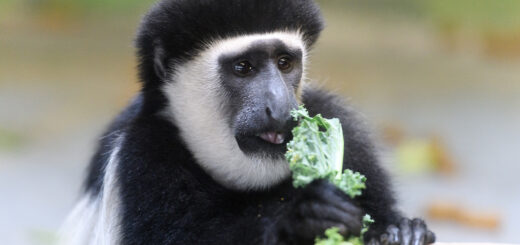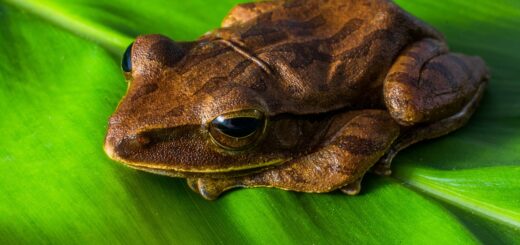Body condition scoring in cheetah (Acinonyx jubatus) advancements in methodology and visual tools for assessment
Citation
Reppert A, Treiber K, Ward A. 2011. Body condition scoring in cheetah (Acinonyx jubatus) advancements in methodology and visual tools for assessment. In Ward A, Coslik A, Maslanka M, Eds. Proceedings of the Ninth Conference on Zoo and Wildlife Nutrition, AZA Nutrition Advisory Group, Kansas City, MO.
Abstract
Body condition scoring (BCS) is the use of a standardized, non-invasive, cost-free tool for evaluating the degree of external adiposity of an individual (Bray, 2001). With proper validation, BCS can be applied to any species and utilizes a scale or spectrum of 1 to 5 or 1 to 9 to describe degree of fatness. BCS allows for identification of under- and overweight animals, for which interventions might be implemented to attain a desired body condition. BCS systems are well established for several species of livestock and companion animals (NRC, 1996; Edmundson, 1989; Henneke, 1983; Thatcher, 2000), and have been correlated to health outcomes such as longevity, reproduction, and performance (Scarlett, 1998; Lund, 2006). These provide a foundation for development of similar systems for exotic animal captive management. A standardized BCS system was developed for the cheetah (Acinonyx jubatus), including descriptors and illustrations based on observations of cheetahs and the BCS system for domestic cats (Dierenfeld, 2007). This paper contributes new data and methods for advancing and validating BCS systems in captive zoo animals.
 27_Reppert.pdf 4 MB
27_Reppert.pdf 4 MB








